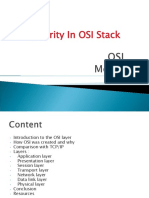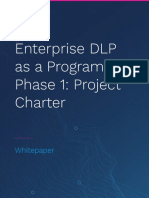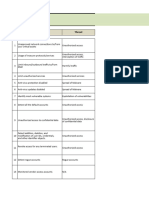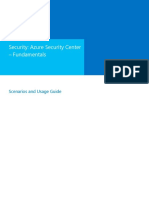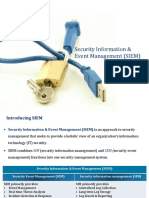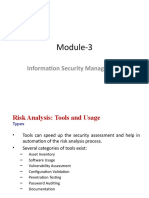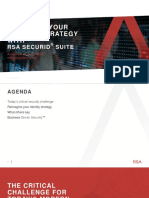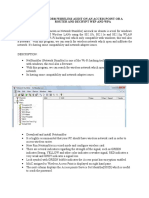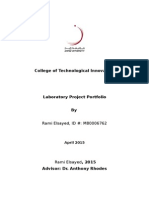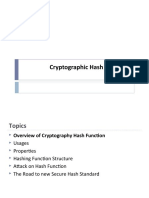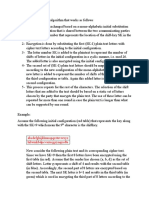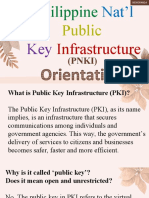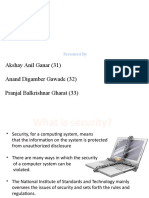100% found this document useful (1 vote)
107 views55 pages1-Operating System Security
The document discusses securing operating systems. It covers key concepts like user account management, encryption, network security, patching, hardening systems, monitoring and logging. Implementing these strategies with a multi-faceted approach can enhance overall security. Continuous improvement is important to adapt to new threats.
Uploaded by
Reybi TubilCopyright
© © All Rights Reserved
We take content rights seriously. If you suspect this is your content, claim it here.
Available Formats
Download as PPTX, PDF, TXT or read online on Scribd
100% found this document useful (1 vote)
107 views55 pages1-Operating System Security
The document discusses securing operating systems. It covers key concepts like user account management, encryption, network security, patching, hardening systems, monitoring and logging. Implementing these strategies with a multi-faceted approach can enhance overall security. Continuous improvement is important to adapt to new threats.
Uploaded by
Reybi TubilCopyright
© © All Rights Reserved
We take content rights seriously. If you suspect this is your content, claim it here.
Available Formats
Download as PPTX, PDF, TXT or read online on Scribd
/ 55




